Finland’s Approach to Special Education: How Every Student Gets Individualized Support
July 16, 2025

July 16, 2025
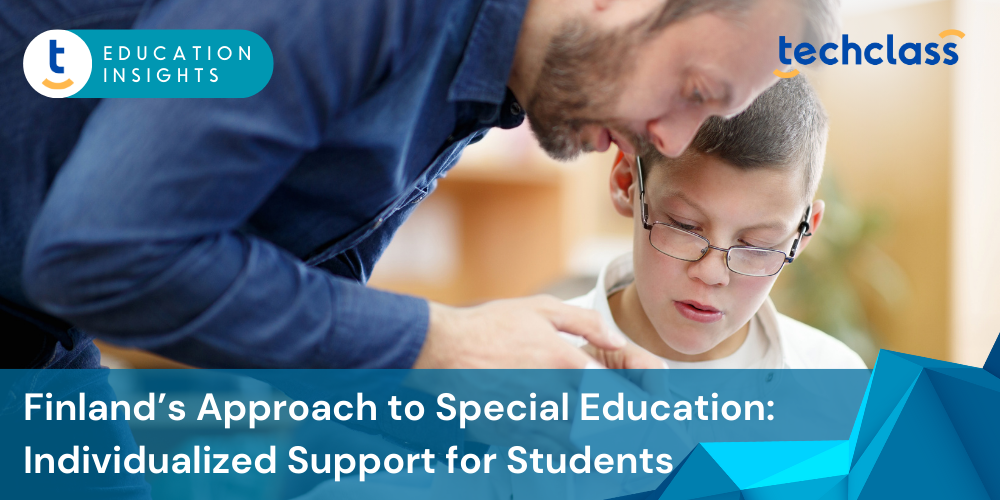
Imagine a classroom where every student feels supported—not just academically, but emotionally and socially too. A place where learning is designed around each child’s needs, abilities, and pace. In Finland, this is not a dream—it’s the everyday reality.
Finland’s approach to special education has captured global attention. Unlike systems that separate students with learning differences, Finnish schools integrate all learners into mainstream classrooms. Their secret? Early intervention, individualized learning plans, and a strong belief in equity.
In this article, we’ll explore how Finland creates such inclusive learning environments—and how this model helps every student thrive.
At the heart of Finland’s education system is a powerful idea: every child can succeed—with the right kind of support. This simple yet transformative belief drives how Finnish schools are designed, how teachers teach, and how students are supported. It’s not just a policy—it’s a deeply rooted cultural value.
In many education systems, students with special needs are separated from their peers, placed in specialized programs or entirely different schools. But in Finland, the focus is on integration, not separation. The assumption is that children learn best when they learn together. That’s why students with a wide range of learning needs—whether cognitive, emotional, or physical—are welcomed into the same classroom. But inclusion does not mean uniformity. It doesn’t mean teaching every child in the same way or expecting them to achieve the same outcomes at the same pace. Instead, Finland emphasizes equity, which means recognizing individual differences and adjusting the learning experience accordingly. It’s about fairness—not sameness. This approach goes beyond academic achievement. Inclusion is about well-being, self-worth, and belonging. When students feel accepted and understood, they’re more likely to stay motivated, engaged, and confident in their abilities.
In many parts of the world, special education follows a “wait to fail” approach. That is, teachers wait until a child falls far behind before any formal help is offered. Unfortunately, this often leads to frustration, low self-esteem, and a negative relationship with learning. Finland has taken a different path. Here, the system is built on early identification and immediate support. Imagine a young student named Sanni. In the first weeks of Grade 1, her teacher notices that she struggles with sounding out words. Rather than waiting for Sanni to fall behind, the teacher speaks with the school’s special education teacher. Together, they design a light support plan: daily reading practice, simplified texts, and short one-on-one sessions. Within a few months, Sanni starts reading with confidence—and she never feels singled out.
Ultimately, this philosophy helps build inclusive schools that reflect inclusive societies. It nurtures empathy among students, reduces stigma, and promotes cooperation over competition.
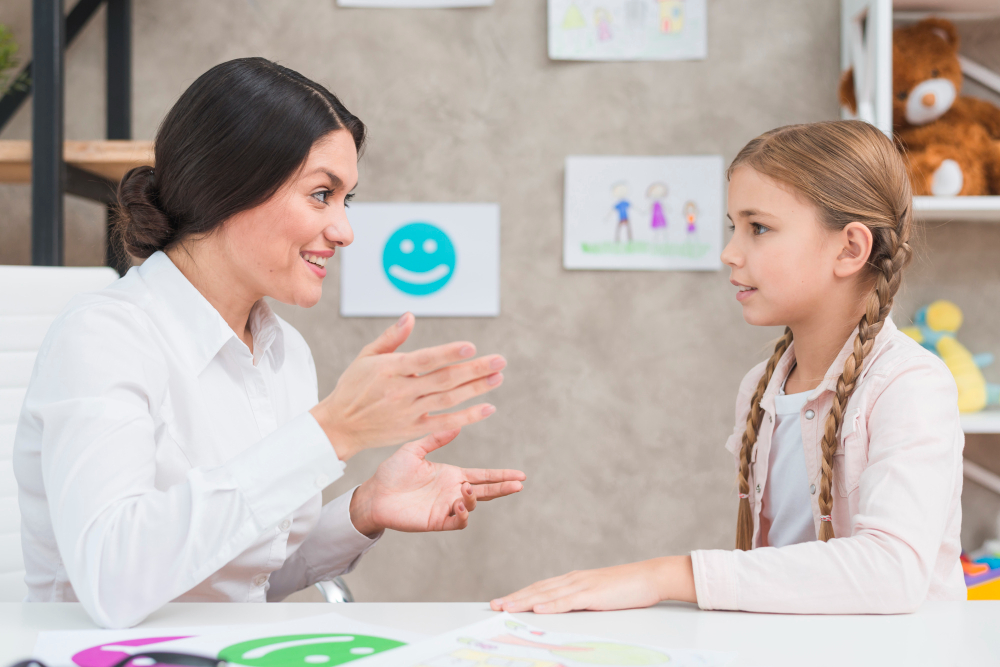
Finland’s education system is designed around the principle that support should be available for every student, not just those with diagnosed learning difficulties. To make this possible, Finnish schools use a well-structured three-tiered support model that provides help at different levels, depending on each student’s needs. This flexible framework ensures that help is timely, personalized, and non-stigmatizing. It also allows students to move between support levels as their needs change—whether they require short-term help or more long-term guidance.
This is the foundation level of support, and every student receives it. In Finnish classrooms, general support includes:
General support is proactive and part of everyday learning. For example, a teacher might assign a reading passage to the whole class but provide audio versions, simplified vocabulary lists, or additional visual aids for students who need them.
If a student needs more than just general classroom accommodations—for instance, if they’re struggling for a longer period or facing more specific challenges—they may receive intensified support. This second level includes:
Let’s say a student named Aino has trouble concentrating and keeping up with math lessons. Her teacher notices the pattern and brings it up in a student support team meeting. Aino then receives intensified support: more structured lessons, weekly check-ins with a special education teacher, and permission to use calming strategies during tests. Her progress is tracked to make sure the support is effective.

For students who have ongoing, significant difficulties, the school may decide to provide special support—the most individualized level. Special support includes:
This support is personalized and long-term. A student receiving special support might have modified learning goals, assistive technology, or lessons delivered partly in a smaller group setting while still participating in regular classroom activities when possible.
What makes this model work so well is the team-based approach. Support is not the responsibility of just one teacher—it’s shared across a network of professionals:
This teamwork ensures that students don’t fall through the cracks. Each professional brings a different perspective, and together they create a clear picture of what the student needs to succeed.
And because movement between the tiers is fluid, students can receive more or less support depending on how they’re progressing. The system is designed to adapt—not to categorize.
An ILP or an Individual Learning Plan is more than a document. It’s a living guide that reflects the student’s strengths, needs, goals, and progress. It’s created with care, updated regularly, and centered around the student—not just their challenges, but also their potential. It includes:
Unlike in some systems where individual plans are mainly used for students with formal diagnoses, in Finland, ILPs are part of a preventive and inclusive approach. They are designed not just to “fix problems,” but to help students thrive in ways that suit their personal learning style.
Creating an ILP is never a one-person task. It’s a collaboration that brings together:
This team meets regularly to review progress and make changes as needed. It’s a dynamic process—plans can evolve with the student.

One of the most impressive things about ILPs in Finland is how closely they are tied to classroom practice. Teachers don’t just create a plan and file it away—they use it daily to adjust how they teach. Let’s meet Elias, a 10-year-old student with language processing challenges. His ILP outlines the following:
These small but powerful adjustments allow Elias to participate fully in class discussions, express his ideas, and gain confidence—without being separated from his peers. For teachers, ILPs act like personalized teaching roadmaps. They help educators prepare lessons that truly include every student. And because the system in Finland emphasizes trust in teachers, educators have the freedom and professional autonomy to implement the plan as they see fit, rather than following rigid guidelines.
Students who have an ILP are not passive recipients of help. In fact, many are active participants in setting their own learning goals. This involvement builds motivation and self-awareness. A student may say, “I learn better when I listen first, then write,” and the team adapts the learning strategies accordingly. As the student begins to meet their own goals, they feel a sense of achievement that boosts their confidence. Moreover, ILPs in Finland are often designed to support the whole child—not just academically, but also socially and emotionally. If a student struggles with anxiety or needs help with organization, those areas are included in the plan too.
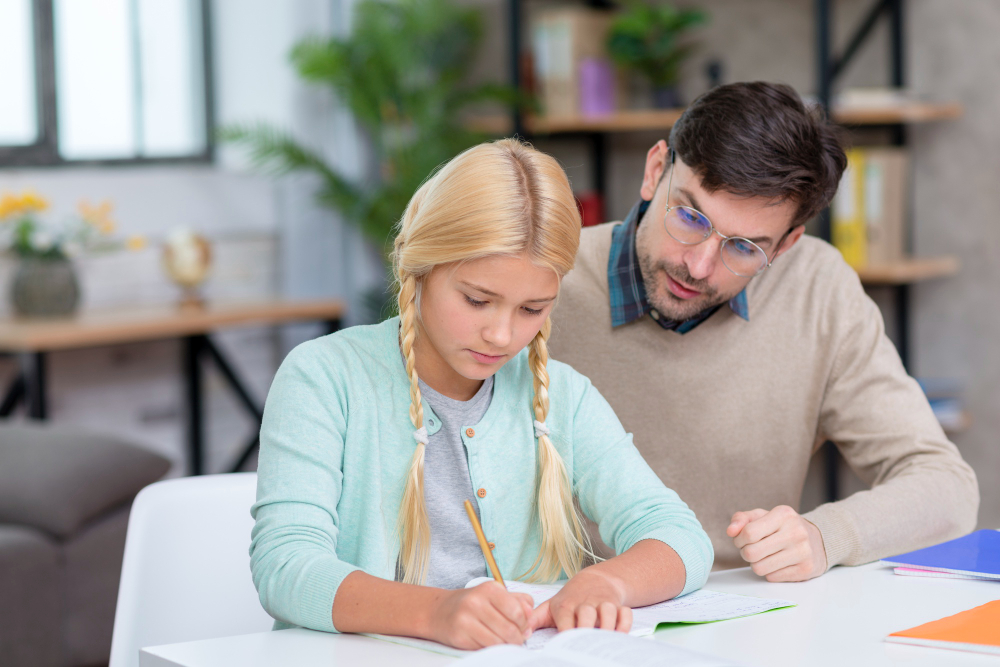
In many education systems around the world, students with learning difficulties are placed in separate classrooms or programs, often away from their peers. These students may miss out on shared learning experiences, classroom friendships, and a true sense of inclusion. Not in Finland. Here, inclusive education happens inside mainstream classrooms, not outside of them. Students with different learning needs—whether they have dyslexia, ADHD, autism, or other learning challenges—learn side by side with their peers in the same classroom environment. This is not just a policy—it’s a deeply held belief: that learning together benefits everyone, not just those receiving support.
In Finnish classrooms, diversity is expected, welcomed, and supported. Students learn in different ways and at different speeds, and that’s seen as normal—not as a problem. To meet a wide range of learning needs, teachers use:
This way, all students are included in the same lessons, but experience them in ways tailored to their strengths.
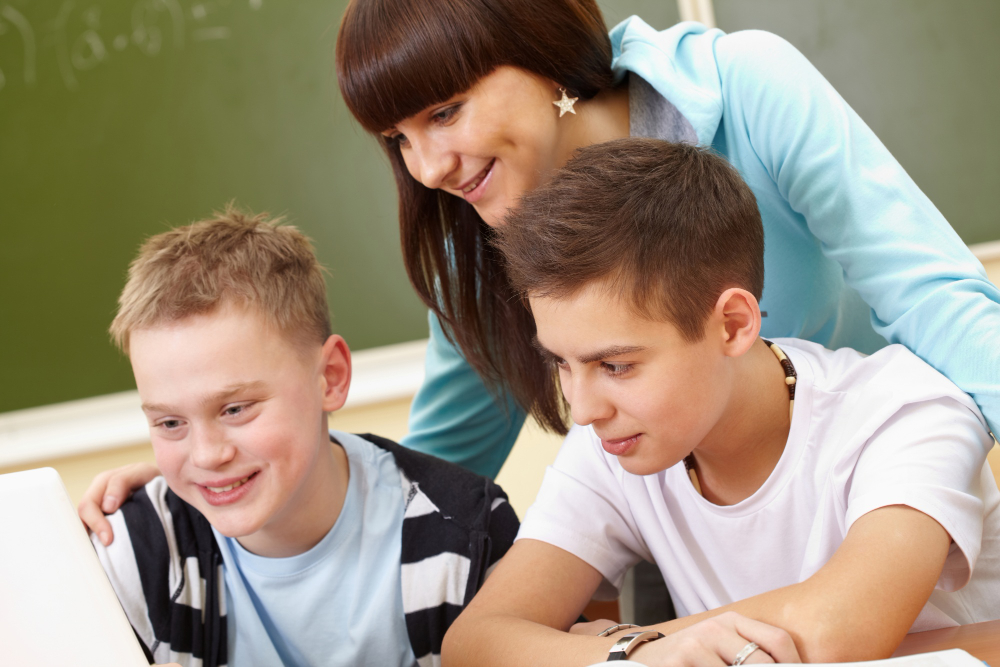
A key part of this inclusive approach is the co-teaching model. In many Finnish schools, a general education teacher works closely with a special education teacher in the same classroom. They plan lessons together, share responsibilities, and adjust instruction in real time. This creates:
For example, while one teacher leads the class in a new concept, the other might quietly assist a student who’s struggling, without interrupting the flow of the lesson. Sometimes, both teachers lead different learning stations, allowing for more personalized attention. This setup not only benefits students with special needs—it enhances the learning experience for everyone.
One of the most powerful things about Finland’s approach is how it avoids labeling or isolating students. Instead of separating children based on diagnosis or test results, Finnish schools emphasize respect, understanding, and support. Students are seen as individuals, not as categories. By learning together, students develop mutual respect and empathy. They see that everyone has strengths and challenges. There’s less stigma, more acceptance, and a stronger sense of belonging. In this environment, a child who receives support doesn’t feel different—they feel part of a team.
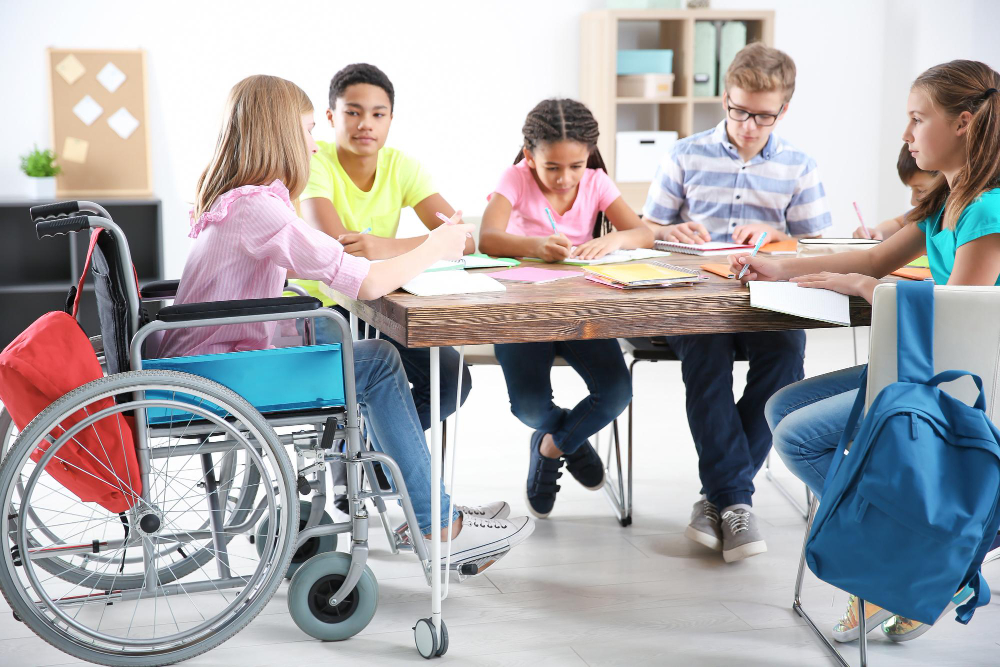
Most special education teachers in Finland hold a master’s degree, which includes advanced coursework in pedagogy, inclusive education, psychology, assessment, and intervention methods. This specialized training equips them not only to support students with learning difficulties, but also to improve teaching and learning across the entire school.
The role of special education teachers in Finland is far more comprehensive than just providing remedial lessons. They are key collaborators and strategists who ensure that inclusive education works in practice. Their work involves:
In essence, special education teachers help create a bridge between the individual needs of students and the broader goals of the curriculum.
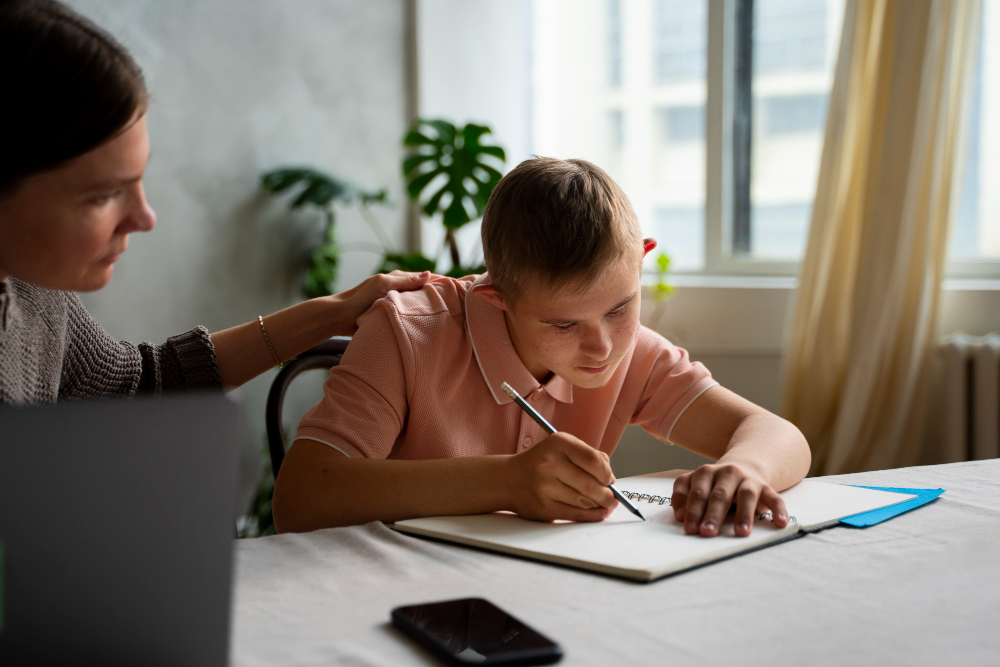
One of the defining features of Finland’s inclusive model is that special education support is not reserved only for students with formal diagnoses. In fact, many students—perhaps struggling temporarily with reading, attention, or emotional regulation—can benefit from their help. These teachers might step in for a short period when a student faces challenges or work preventively to stop small problems from becoming larger ones. Their work is proactive, not reactive. This wide-reaching role means that their impact is felt across classrooms and age levels. Whether it’s through a short-term intervention or long-term individualized instruction, special education teachers help shape a culture of care, equity, and success.
A defining strength of the Finnish education system is the professional trust placed in teachers. Special education teachers have the freedom to:
There are no rigid scripts or one-size-fits-all policies. This level of autonomy empowers teachers to innovate, personalize support, and respond quickly to student needs.
“In Finland, we don’t ask: ‘What’s wrong with the student?’
We ask: ‘What support does the student need to succeed?’”
— Finnish Special Education Teacher
This mindset captures the heart of inclusive education in Finland. Instead of viewing students through the lens of deficiency, teachers focus on possibilities, supports, and pathways to success.
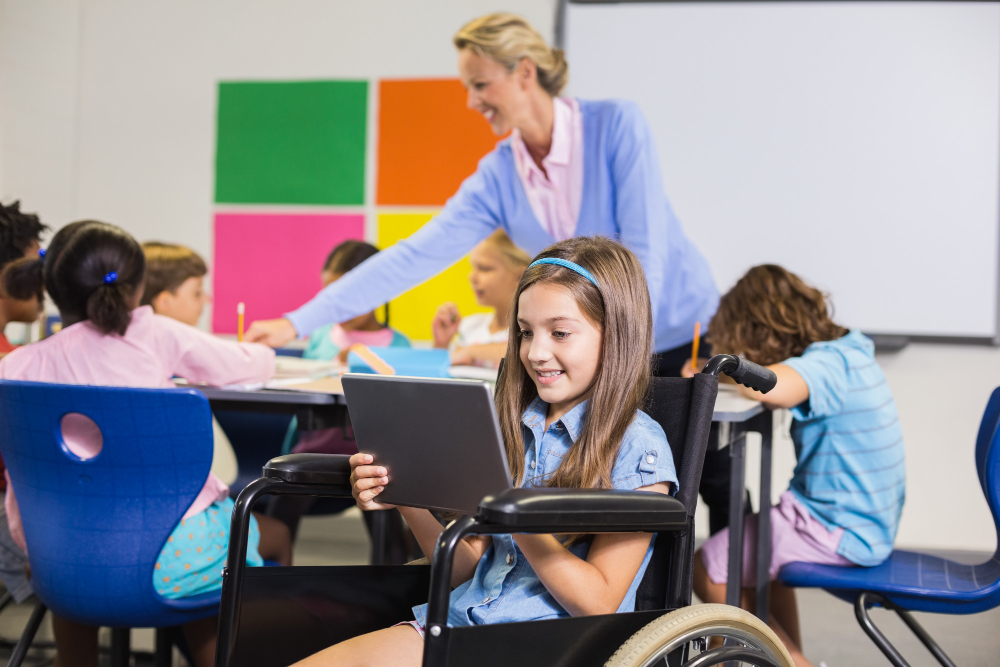
One of the most powerful elements of Finland’s approach to inclusive education is its commitment to early identification and preventive support. Rather than waiting for children to struggle, Finnish educators work to spot potential challenges early—and respond with the right interventions before problems grow.
This mindset of prevention over reaction starts well before formal schooling begins.
In Finland, early childhood education isn’t just about play—although play is a big part of it. It’s also a time when educators begin gently observing children’s development. In preschools and early education centers, teachers pay close attention to how children speak, move, interact, and respond to learning tasks. These educators work closely with:
If a child shows signs of language delay, difficulty concentrating, or other developmental challenges, support is arranged early. This could mean small group sessions, language enrichment activities, extra time for transitions, or simply adjusting the classroom environment to reduce distractions. The goal is not to label a child—but to support them in a way that ensures a smooth and confident transition into primary school.
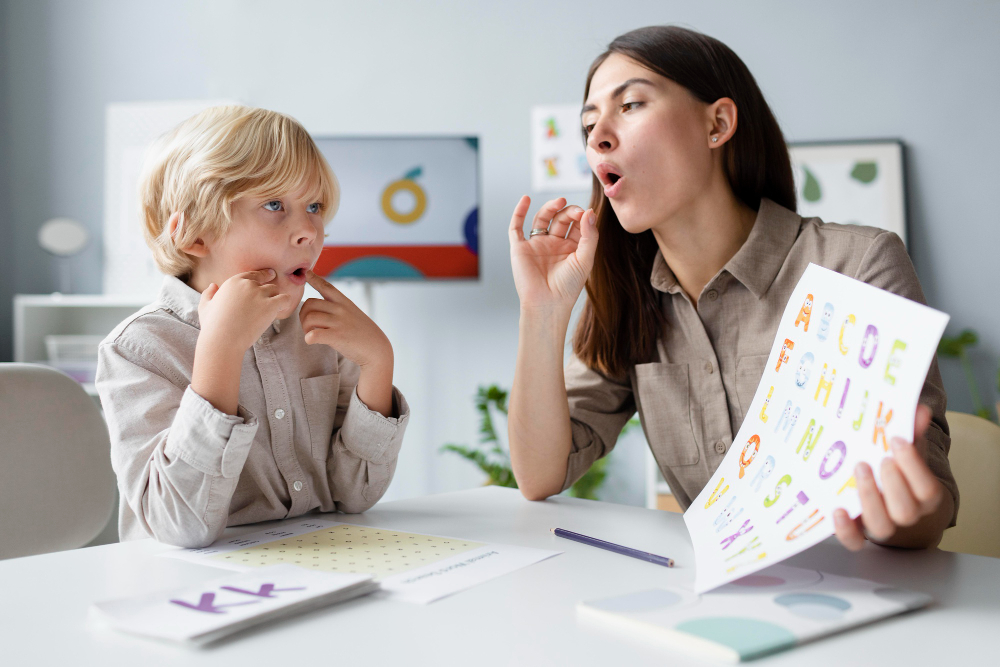
This proactive approach continues once the child enters school. Finnish teachers are trained to notice the small signs that a student might be struggling—whether academically, socially, or emotionally. For example:
Rather than delaying help until a child fails a test or receives a diagnosis, teachers act quickly. They might consult with the school’s special education teacher, make classroom adjustments, or involve the student support team. This early response prevents frustration, helps the student stay engaged, and maintains their confidence.
Throughout the school years, student progress is monitored continuously—but not through high-pressure standardized testing. Instead, Finnish schools rely on:
These tools allow teachers to tailor instruction and adjust support strategies in real time. Because they are low-stakes and embedded in everyday learning, students don’t feel anxious or labeled. They simply feel understood. Imagine a teacher noticing that a student has trouble remembering instructions. Rather than assigning blame or marking them down, the teacher quietly begins providing written steps, visual cues, and gentle reminders. Over time, the student builds independence—and the issue is resolved without any disruption.
From the very beginning—often even before a child formally starts school—parents are involved in creating support plans. Whether it’s preparing an Individual Learning Plan (ILP), adjusting classroom expectations, or responding to new learning challenges, Finnish educators ensure that families have a seat at the table.
Meetings between teachers and parents are structured to be collaborative, warm, and solution-focused. Instead of formal, intimidating settings, these discussions are more like conversations—friendly, respectful, and transparent. Teachers share progress regularly, either through parent-teacher conferences, casual check-ins, or digital communication tools. Parents are not left wondering how their child is doing or if support is being implemented—they’re kept informed and actively involved.
Most importantly, there’s no need for families to “fight the system” to get help for their child. In many countries, parents must navigate complicated bureaucratic processes or advocate tirelessly to secure accommodations. In Finland, support is offered naturally, with the assumption that everyone benefits when students are well supported.
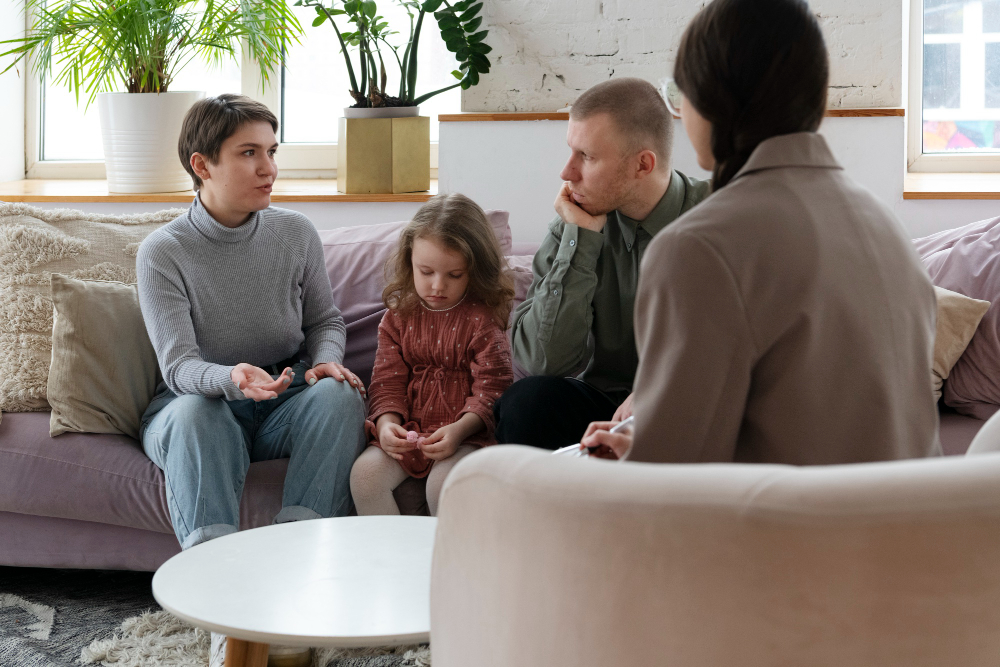
One compelling real-life account of parental involvement comes from a Finnish mother, Emilia Arminen, whose son was diagnosed with attention-deficit/hyperactivity disorder (ADHD). In an interview published by ThisisFinland.fi, Emilia describes how teachers at her son’s school reached out early—not to report problems, but to work with her.
“The teachers contacted me and suggested we come up with a plan together. They offered flexible seating arrangements and regular check-ins to help him stay regulated. They didn’t blame him or ask me to get external help first—they just wanted to make school easier for him.” - Emilia Arminen, Finnish parent
This quote reflects a deep culture of collaborative problem-solving. Rather than focusing on the child’s difficulties, the teachers worked proactively with the parent to identify strategies that could help him succeed. The emphasis was not on diagnosis or labels, but on understanding and practical support.
Finland’s inclusive education model hasn’t gone unnoticed. International organizations like UNESCO, the OECD, and UNICEF have praised Finland’s approach for its commitment to equity, its early intervention strategies, and its ability to integrate special education into mainstream settings without isolating or labeling students.
In fact, Finland’s education system has inspired thousands of international school delegations, research studies, and educator exchanges. Policymakers, principals, and teachers from across Europe, North America, Asia, and Africa regularly visit Finnish schools to see inclusion in practice. What they observe often challenges their assumptions—and leaves a lasting impression.
One of the most frequently noted strengths is how natural and seamless inclusion feels inside Finnish classrooms. Support is present, but not disruptive. Diversity is visible, but not spotlighted. The classroom feels unified—even when needs vary.
“Finland has succeeded in developing an inclusive education system that not only recognizes diversity but views it as a strength,” - UNESCO, Global Education Monitoring Report
This perspective is echoed by visiting educators who describe Finnish schools as calm, focused, and cooperative learning environments where every child is actively engaged. The support students receive—whether academic, emotional, or behavioral—is built into the school day, not added on as an afterthought.

Finland has created an education system where no child is left behind. Special education isn’t a separate path—it’s part of the whole journey. With individualized learning plans, early support, skilled professionals, and trust in teachers, every student can thrive.
Would you like to experience this system in person?
TechClass invites you to book a school visit to Finland. Walk into a real classroom. Meet the teachers. See how inclusive education works—not just on paper, but in real life.